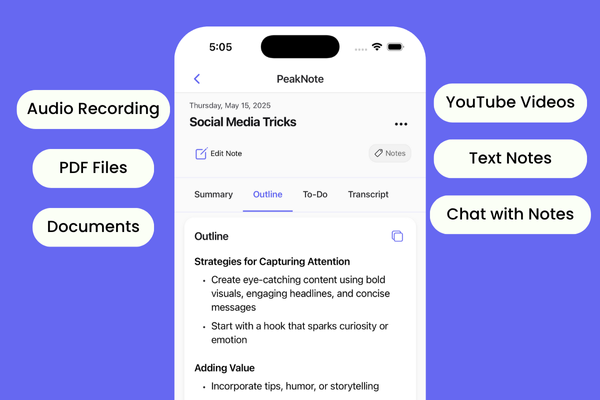Initial Coin Offerings (ICO) have generated the most hype and interest in the world of cryptocurrencies. Since 2015, cryptocurrency investors have been closely monitoring the ICO development market in an effort to spot the next big 10x or 100x opportunity. The market for ICOs experienced unprecedented growth from August 2015 to December 2017. As a result of trying to capitalise on the hype and launching without adequate planning, reports later showed that nearly 50% of the ICOs held in 2017 and 2018 failed to raise even a single dollar.
7 easy steps to determine an ICO's success
A study of 630 successful ICOs between 2015 and 2017 found that an ICO is likely to succeed if it provides investors with enough information, the project has a pre-ICO GitHub repository, a presale is planned, the project avoids offering bonus schemes, has shorter token sale durations, and has a public team. Despite this, some ICOs failed because the following ICO rules were not followed when conducting the ICO:
Rule No. 1: ICO planning, research, and team
The market demand must be studied and understood before you start developing an initial coin. The business model will be created based on this by the advisors, IT developers, and business developers on your team. It is crucial to consult the experts once the idea has been finalised in order to ensure its viability and to implement their advice.
Working with developers to create an achievable roadmap is necessary once the business plan is in place. You should keep the following things in mind as you break it down:
Your team should be large and well-qualified to deliver according to the roadmap.
To cover the cost of the ICO development stages, you must have sufficient funding.
How frequently your team contributes code to open-source repositories like GitHub is closely monitored by investors. Therefore, having a thoughtful and realistic plan in place is crucial.
RULE #2: Release of Whitepaper
An investor's first stop when considering an ICO to invest in is the whitepaper. Make sure you have a 25–30 page whitepaper online at the beginning of the ICO development process that gives investors responses to the following questions:
- What issue does your project aim to address?
- How big a market is there for the issue your project addresses?
- What is the remedy your project proposes?
- Which aspects of your project are technical and which are not?
- Timeline and project roadmap
- Information about the team and the advisor
- Extensive tokenomics
The ideal situation is to host your whitepaper on a project website. This increases investor confidence in your project.
The third rule is right tokenomics.
The most challenging aspect of initial coin development is this. The following are a few very crucial considerations that you should bear in mind:
Select the caps.
Your ICO's minimum and maximum funding requirements are specified by soft and hard caps. These caps must be established before the ICO offering begins, and once they are met, they can be highlighted in the success of the ICO. In the case of hidden caps, investors won't be aware of the precise capitalization prior to the ICO offering and the conclusion of the allocation.
Whether models are capped or not
You must choose whether to impose a cap on the quantity of ICO participants or the total amount raised during the ICO. There may be no cap on the number of tokens and the ICO will operate on a first-come, first-served basis.
ICO offering for a Dutch auction
You can make use of a smart contract that figures out the token prices based on the submitted bids. The highest bids are given priority by the smart contract, and once the caps are reached, the sale is terminated.
Smart Contract Development is a fourth rule.
A smart contract that enables investors to manage, transfer, and sell tokens is required if you want to guarantee the fairness of the ICO offering. This smart contract needs to be linked to your token wallet and must undergo both an internal and external audit.
Rule #5: Establishing a digital wallet
Before beginning the ICO offering, you need your own digital wallet.
Post-sale Monitoring is RULE #6.
After the ICO has ended, be sure to stay on top of post-sale monitoring. This means that you should have an explorer that informs investors of the vesting schedules and timelines. Investors will need to see 24-hour trading volumes and more information after the lock-in period is over.
REQUIREMENT #7: Exchange Listing
Increased token circulation depends heavily on getting the tokens listed on tier 1 and tier 2 exchanges. It will be difficult for ICO investors to trade the tokens if there are not enough listings or trading pairs, which is not a good sign.
At Suffescom Solutions, we draw on our years of experience in ICO development services to ensure that all necessary regulations are strictly adhered to. To help your ICO succeed, we provide end-to-end services, ranging from the development of tokens and smart contracts to the creation of white papers and marketing campaigns.

